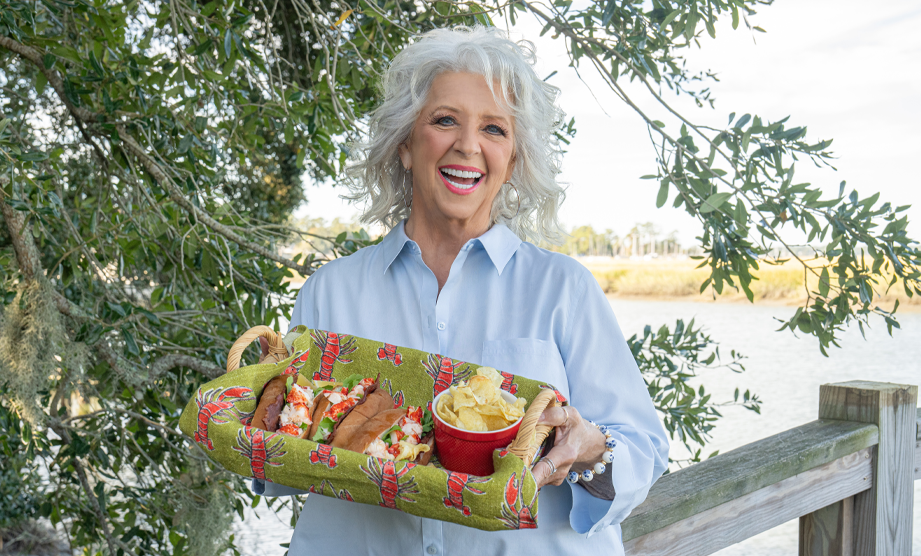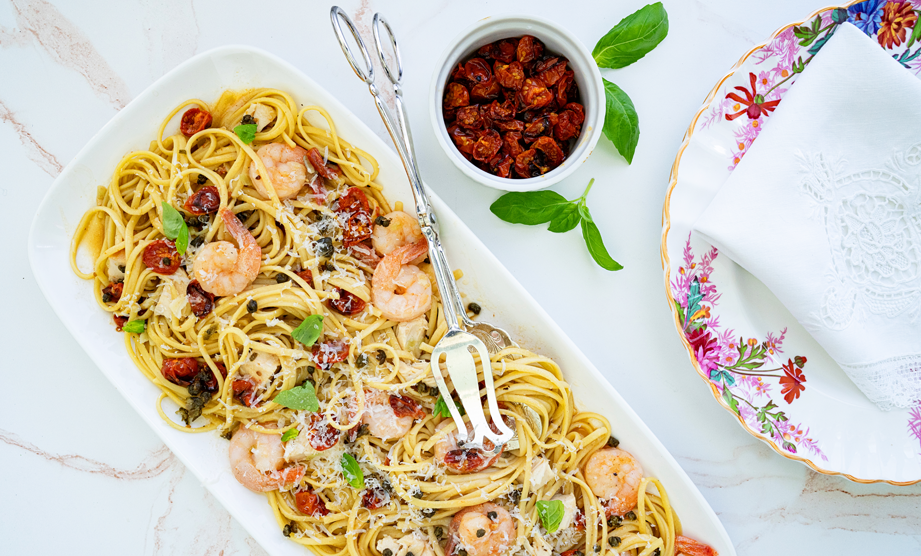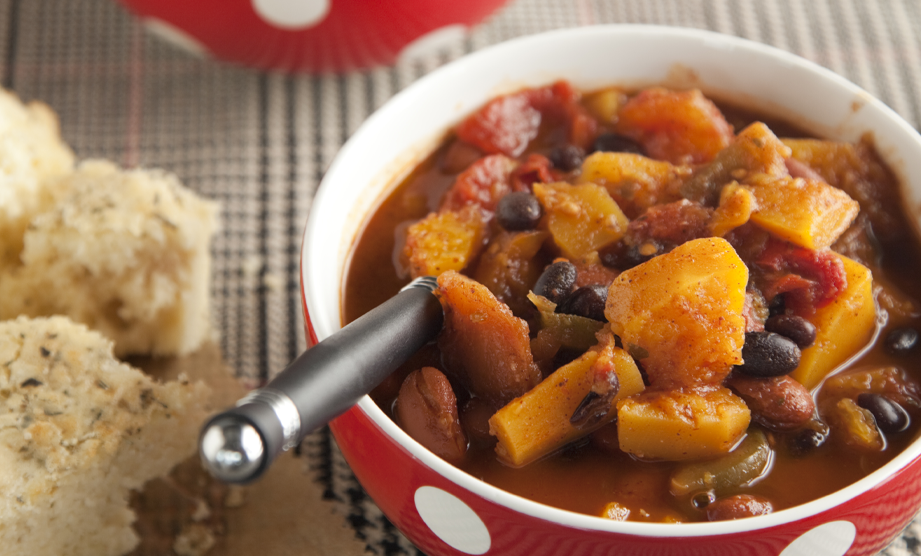What’s green, grows on a vine and is often times a bit ugly? A cucumber of course! From May to August our gardens are busting at the seams with cucumbers. Even with just a couple of vines planted, it seems we don’t have enough neighbors to give all our harvest to. In this article, we will shed a little light on this crisp cousin of the watermelon and squash as well as give you a bounty of recipes to use them in!
History:
The cucumber is believed to have originated in Southeast Asia over 10,000 years ago. Early travelers introduced cucumbers to India and other parts of Asia. In the ancient civilizations of Greece, Rome, and Egypt, cucumbers were popular for not only their nutritional value, but also their skin-healing properties. Cucumbers later traveled to the United States with early colonists.
Selecting:
When selecting a cucumber, as with most other produce, there are two things you want to focus on—look and feel. As we all know, the outside of a cucumber is often bumpy, but a fresh cucumber should lack any obvious blemishes, water-soaked areas, or discoloration. It should also be somewhat plump and medium to dark green in color. An older cucumber will have small wrinkles in its skin that give the appearance of deflation. Once you’ve found a good candidate, visually, it’s time to pick it up. A cucumber should feel slightly heavy for its size. Give each end of the cucumber a squeeze; they should be firm. If either end is even slightly soft, put it back. Finally, give the cucumber a “once over” to check for any additional soft spots, if the cucumber is firm throughout, you’ve found a fresh one!
Storing/Freezing:
Most store-bought cucumbers have traveled hundreds of miles to your refrigerator. To keep them from drying out during their trip their skins are often waxed. If non-waxed cucumbers are available, these are best for you, as you have better access to the nutrient-rich skin without the wax coating. If you do get your hands on cucumbers without wax, keep in mind they will dehydrate faster than those with wax. Cucumbers are very sensitive to heat, be sure to get them into a zip top bag and straight into the fridge, where they will keep for several days, but are at their prime after one or two. Be sure to keep them away from tomatoes, apples, and citrus because they’ll give off ethylene gas, which accelerates cucumber deterioration. To store a partially used cucumber, wrap it tightly in saran wrap, so it doesn’t dry out, and put it in the fridge.
Yield:
A cucumber plant’s yield generally depends on how often you harvest. A large, ripe, cucumber left on the vine will prevent new cucumbers from growing. If harvested regularly, a 25-foot row of cucumber plants will produce anywhere from 25–40 pounds of cucumbers per season, depending on the variety.
Stay “cool as a cucumber” during these warm summer months. Cool down these delicious recipes with some refreshing cucumbers.
Cold Cucumber Salad
East Lamb Meatballs with Cucumber Dill Dipping Sauce
Spinach and Strawberry Salad
Gazpacho
Tracie’s Couscous Salad
Seared Scallops with Pineapple-Cucumber Salsa
Sliced Onions and Cucumbers
Harissa Spiced Green Bean Salad
Aunt Peggy’s Cucumber Tomato and Onion Salad
Mango Jicama and Cucumber Salad
Engagement Ring Bling Finger Sandwiches
Cucumber Tomato Mint Salad
Roasted Rack of Lamb
Icebox Bread and Butter Pickles
Have a favorite cucumber recipe?? Please share it with us below! Paula loves to read all your recipe suggestions!









